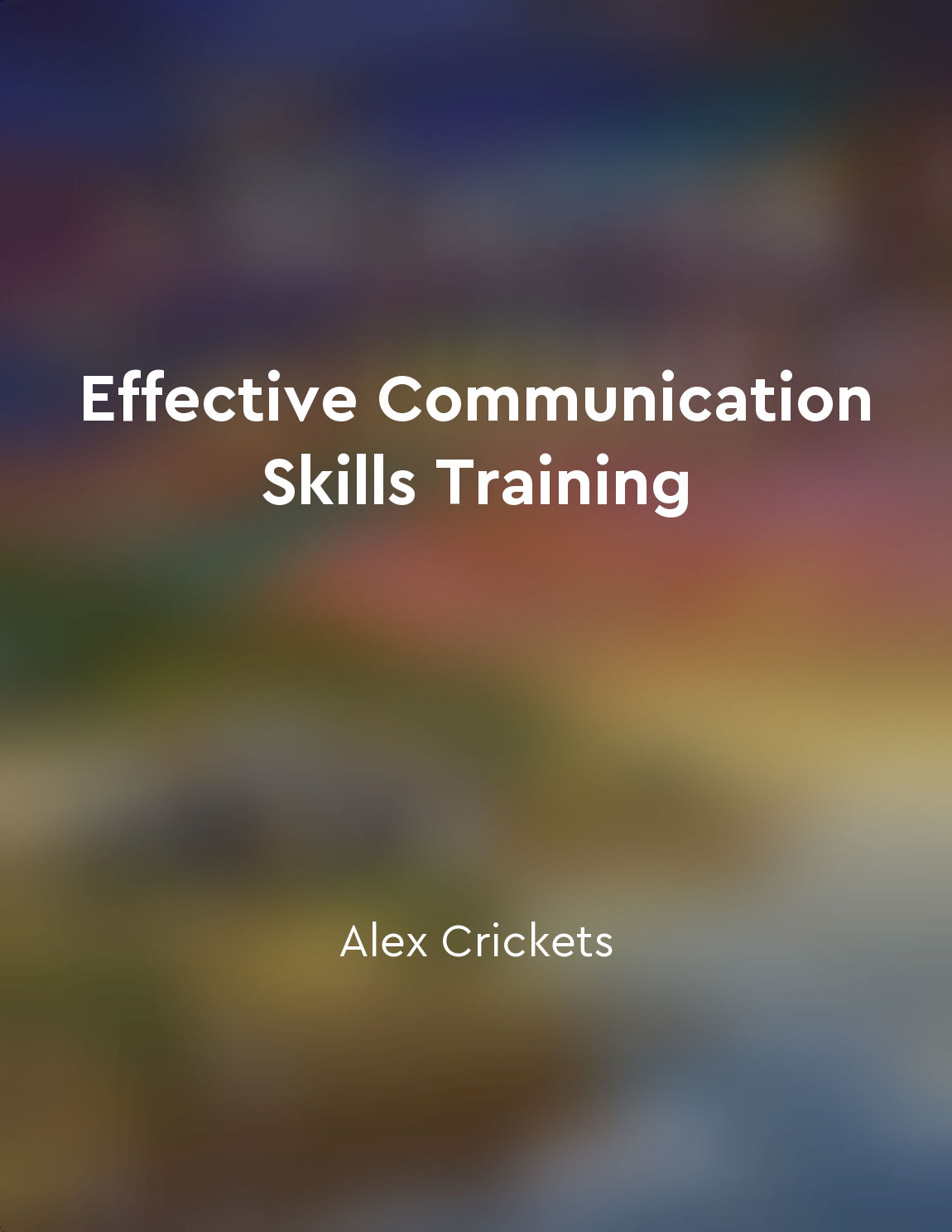Audio available in app
Tailoring stories to different audiences from "summary" of Storytelling for dummies by Andrea Fontana
When it comes to storytelling, one size does not fit all. Different audiences have different needs, preferences, and expectations when it comes to hearing a story. That's why it's crucial to tailor your stories to suit the specific audience you are addressing. One key aspect of tailoring stories to different audiences is understanding who your audience is. Consider factors such as age, cultural background, education level, and interests. By knowing your audience, you can better adapt your storytelling style, language, and content to resonate with them. Another important consideration is the purpose of your story. Are you trying to entertain, educate, inspire, or persuade your audience? Different goals require different storytelling approaches. For example, if you are telling a story to entertain children, you may use simple language, vivid imagery, and humor to captivate their attention. On the other hand, if you are telling a story to persuade a group of professionals, you may use data, logic, and examples to make your case compelling. It's also essential to be aware of the cultural norms and sensitivities of your audience. Certain topics or language may be taboo or offensive to some groups, so it's crucial to be mindful of these potential pitfalls. By being culturally sensitive and respectful, you can ensure that your stories are well-received by your audience. Furthermore, consider the context in which you are telling your story. Are you speaking to a large audience at a conference, or are you sharing a story with a small group of friends? The setting and atmosphere can impact how your story is perceived and understood. Adapt your storytelling style to suit the context in which you are sharing your story.- Tailoring stories to different audiences is about being flexible, empathetic, and strategic in your storytelling approach. By understanding your audience, setting clear goals, being culturally sensitive, and adapting to the context, you can craft stories that resonate with and engage your listeners effectively. Remember, the key to successful storytelling lies in connecting with your audience in a meaningful and impactful way.
Similar Posts
Intimacy: building connections with others
Intimacy is about more than just physical closeness; it's about building connections with others on a deeper level. It involves...

audience
When we speak to a group of people, we are not just talking to a faceless crowd. We are speaking to individuals with unique tho...
Communication is a fundamental skill
Communication, in its myriad forms, is the lifeblood of human interaction. From the moment we are born, we are immersed in a wo...

Consistency plays a crucial role
Consistency is a powerful force that influences human behavior in profound ways. When individuals make a commitment, whether it...
Engaging the reader requires thoughtful consideration of their perspective
To truly engage the reader, it is essential to take into account their perspective. This means putting oneself in the shoes of ...
Framing is crucial to how we understand and perceive issues
Framing is crucial to how we understand and perceive issues. When we hear a word, our brains automatically evoke a neural circu...

Seeking feedback for continuous growth
Feedback is a vital tool for anyone looking to improve and grow in any aspect of their life. It acts as a mirror, reflecting ou...
Types of significant subjects: long and short
In the world of significant subjects, there exist two distinct categories: long and short. These designations are not merely ba...
Feedback is essential for improving communication skills
In the journey towards mastering effective communication, one cannot underestimate the value of feedback. Feedback serves as a ...
Structure your speech with a clear introduction, body, and conclusion
When preparing a speech, it is essential to structure it in a way that is clear and organized. This involves dividing the speec...

